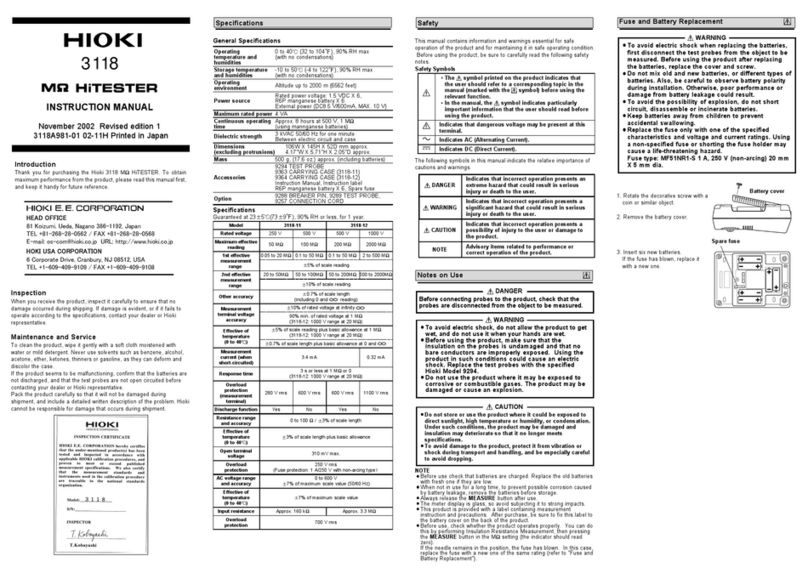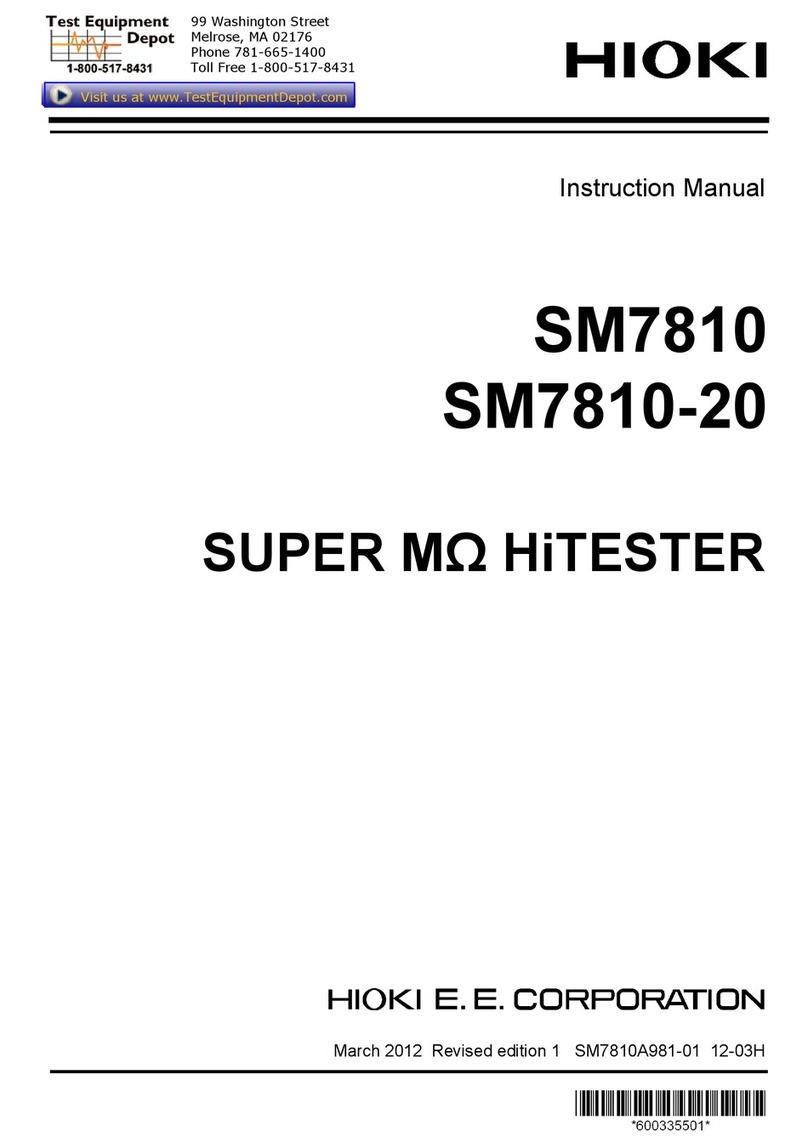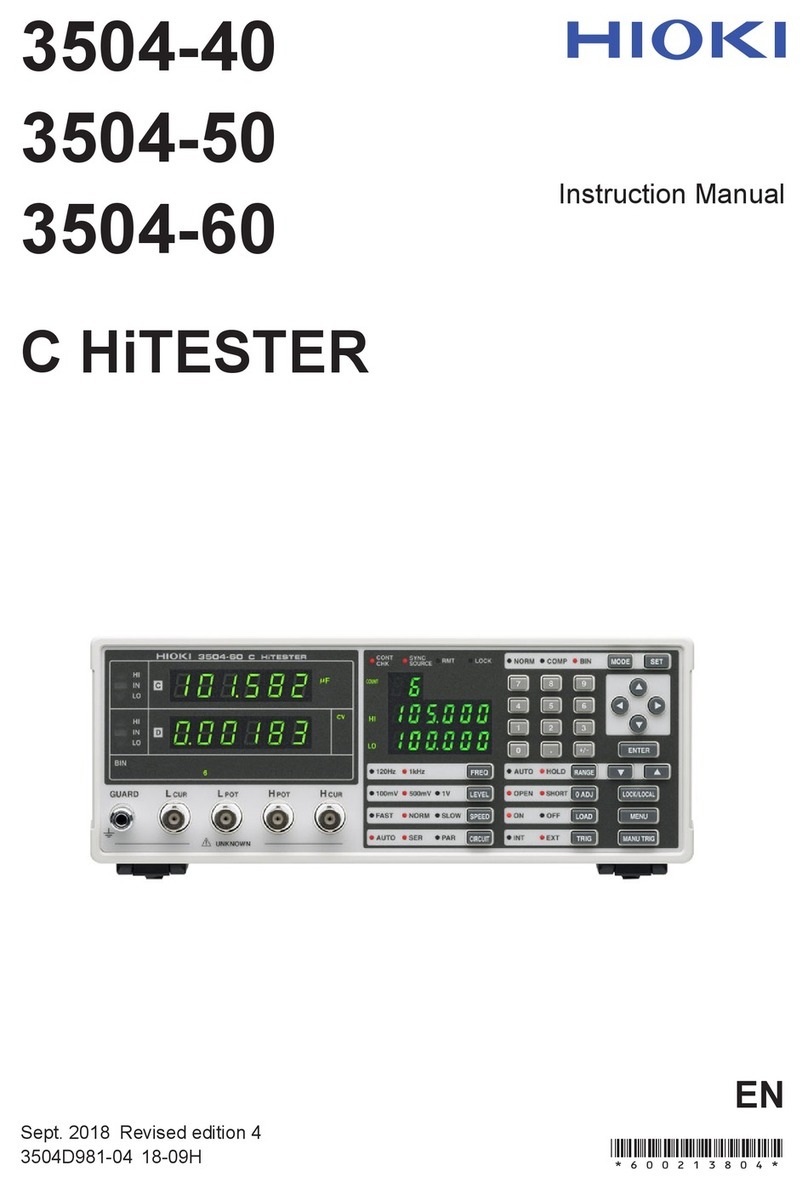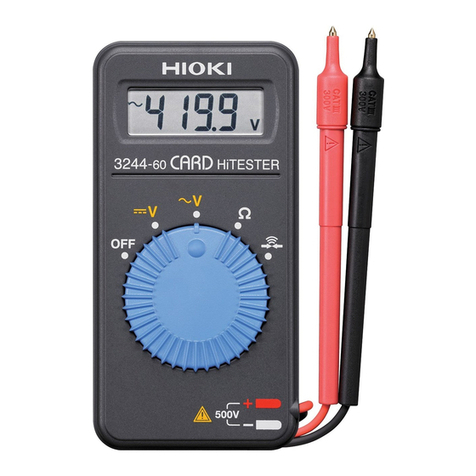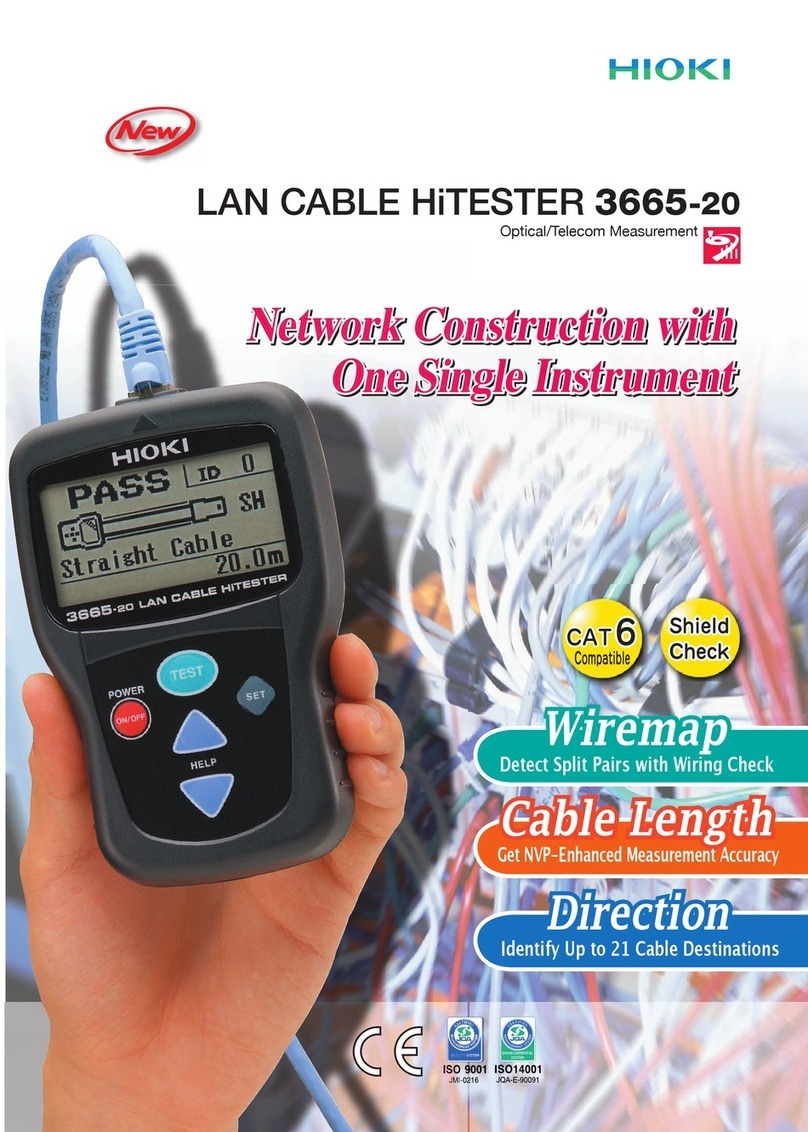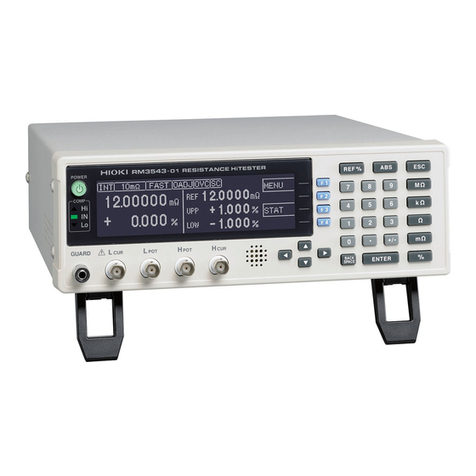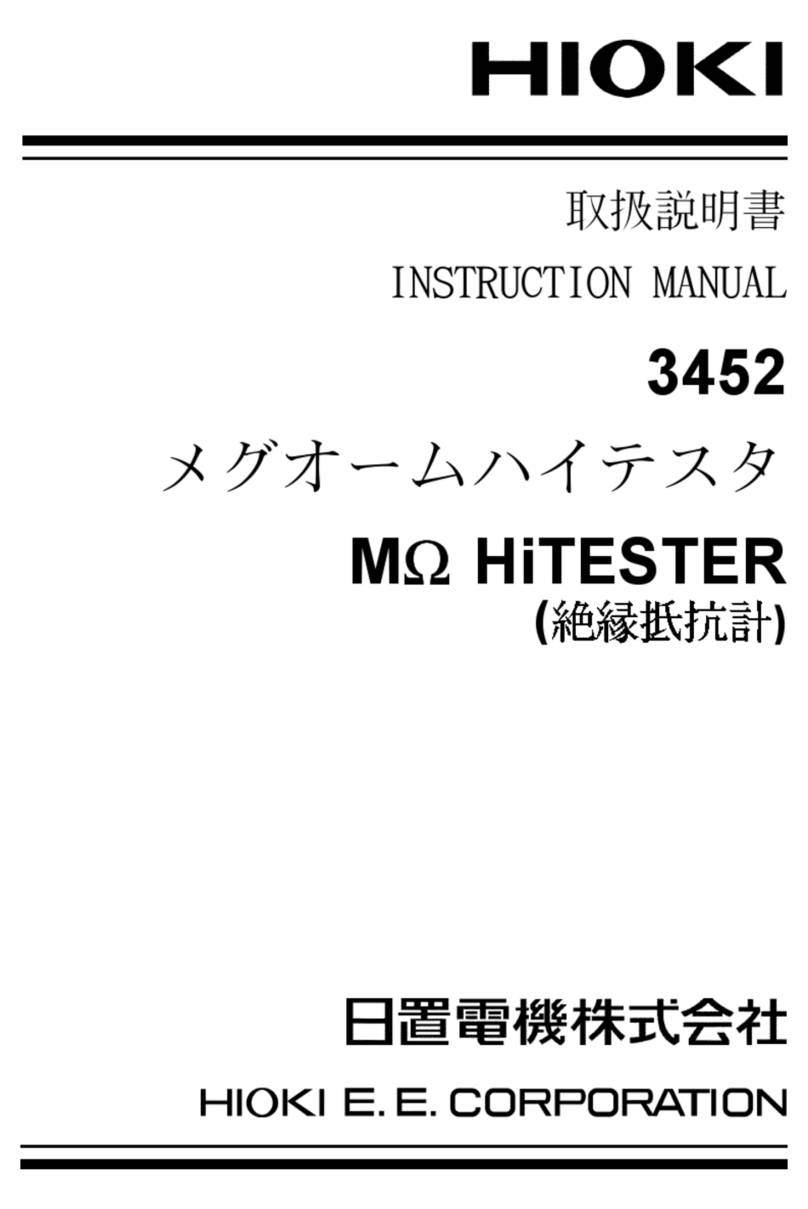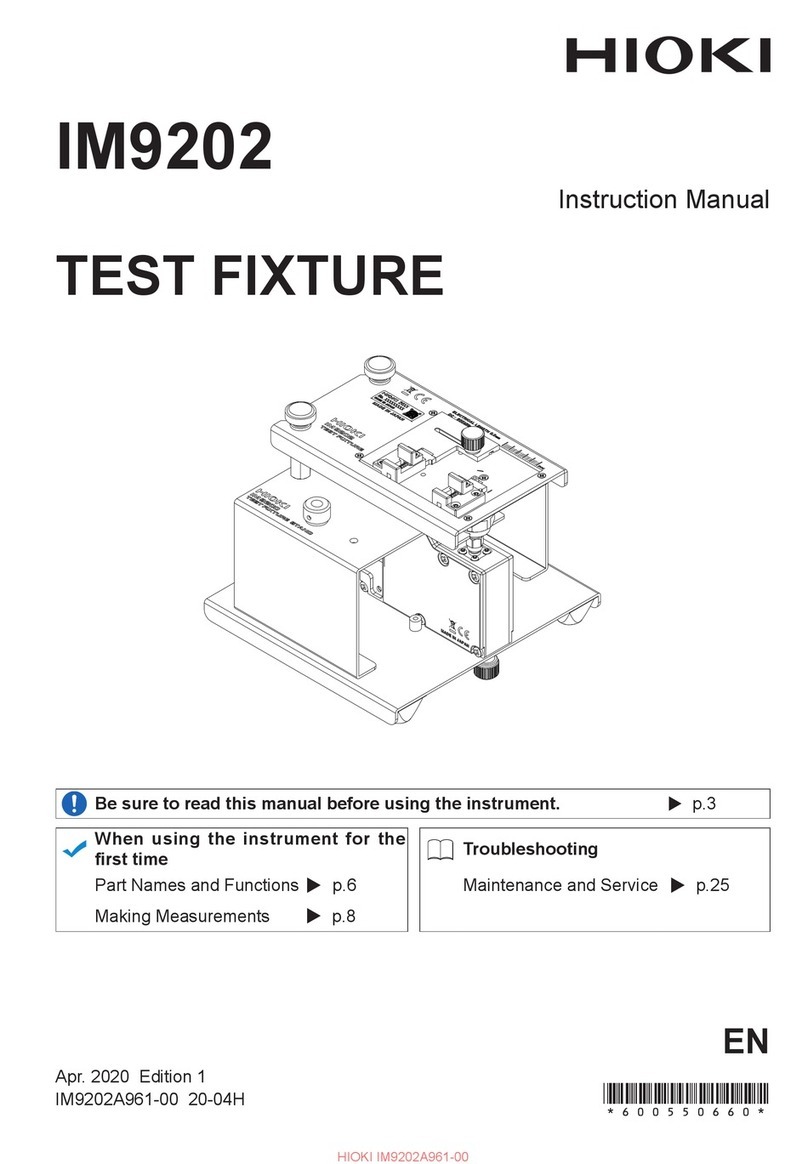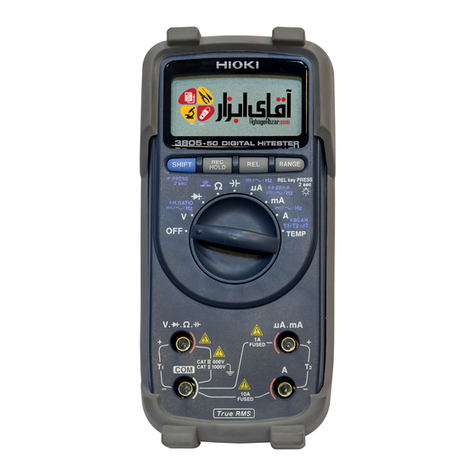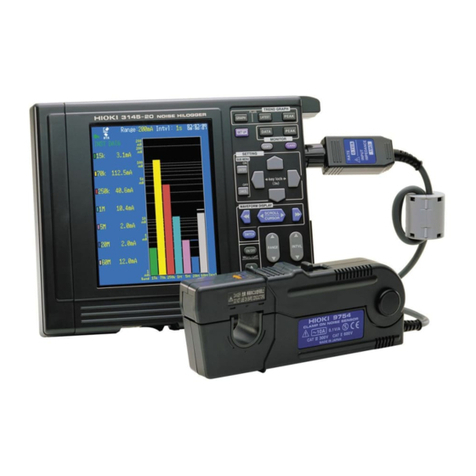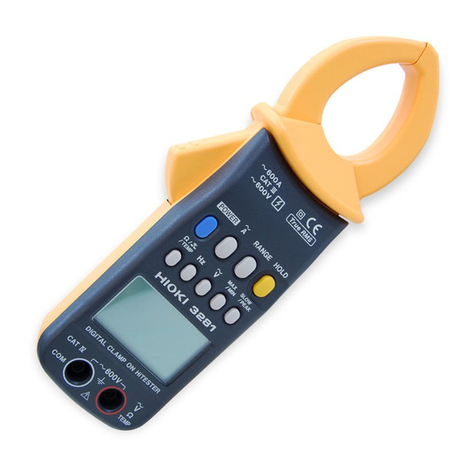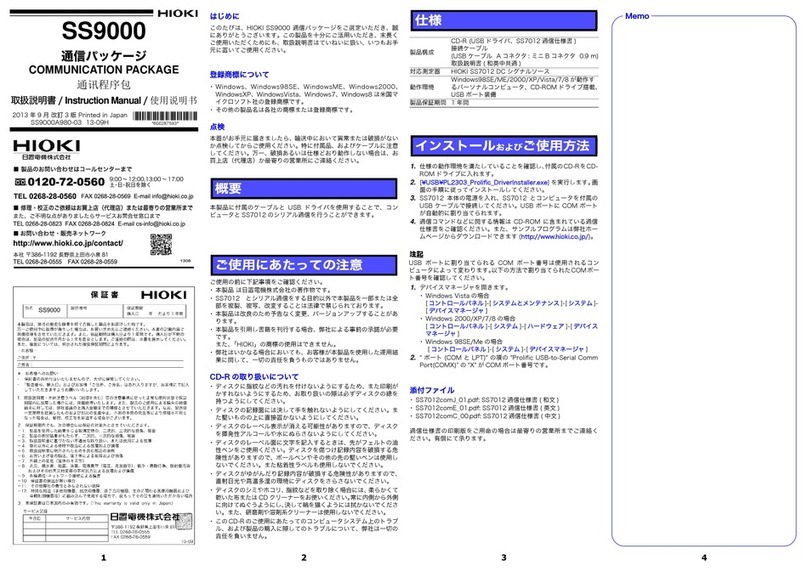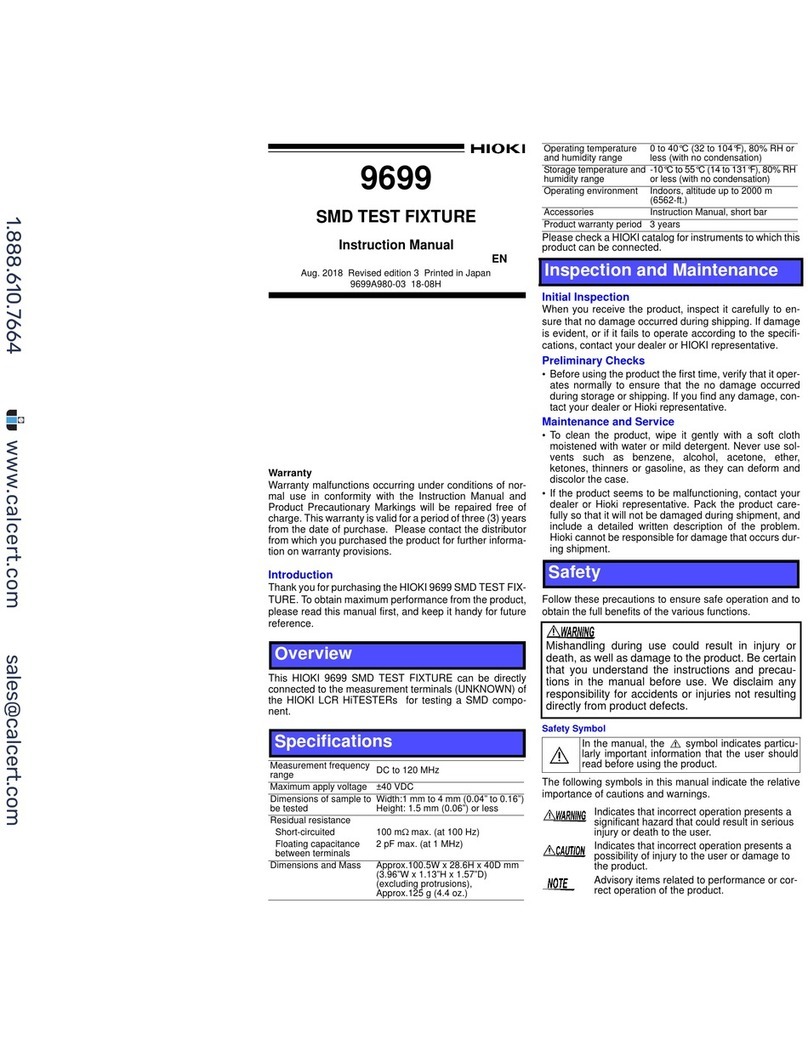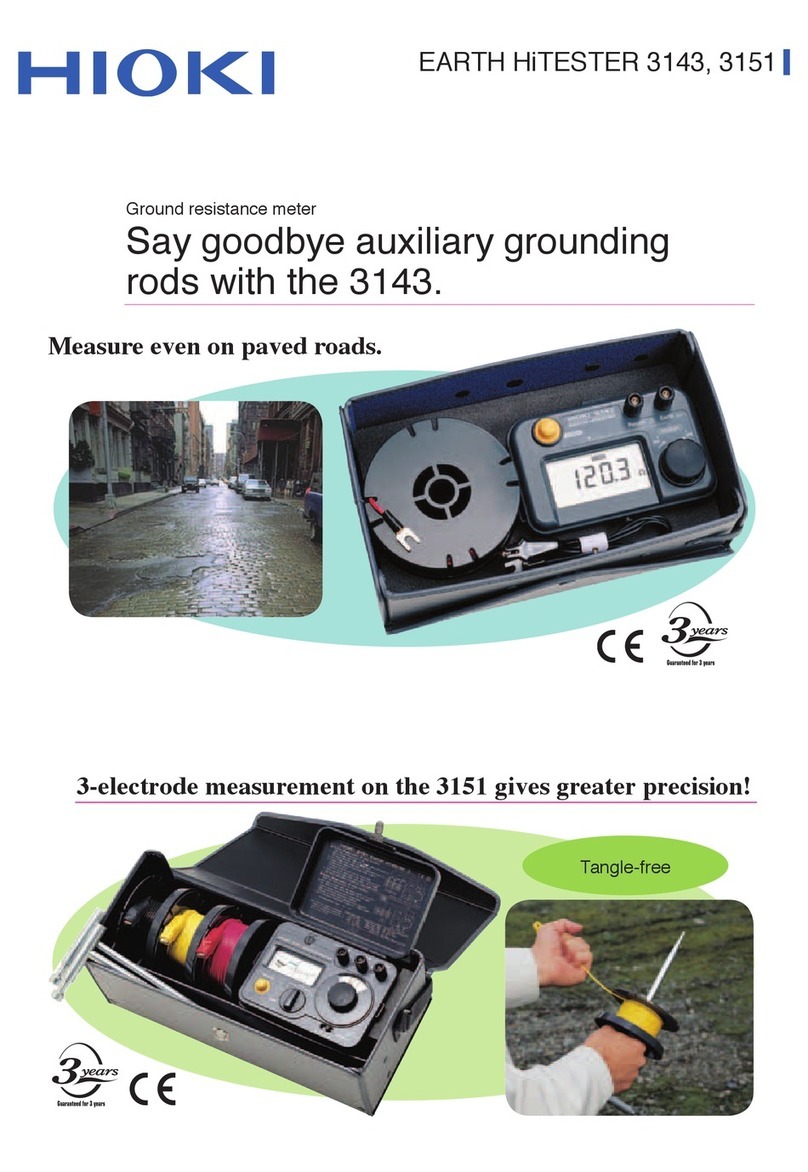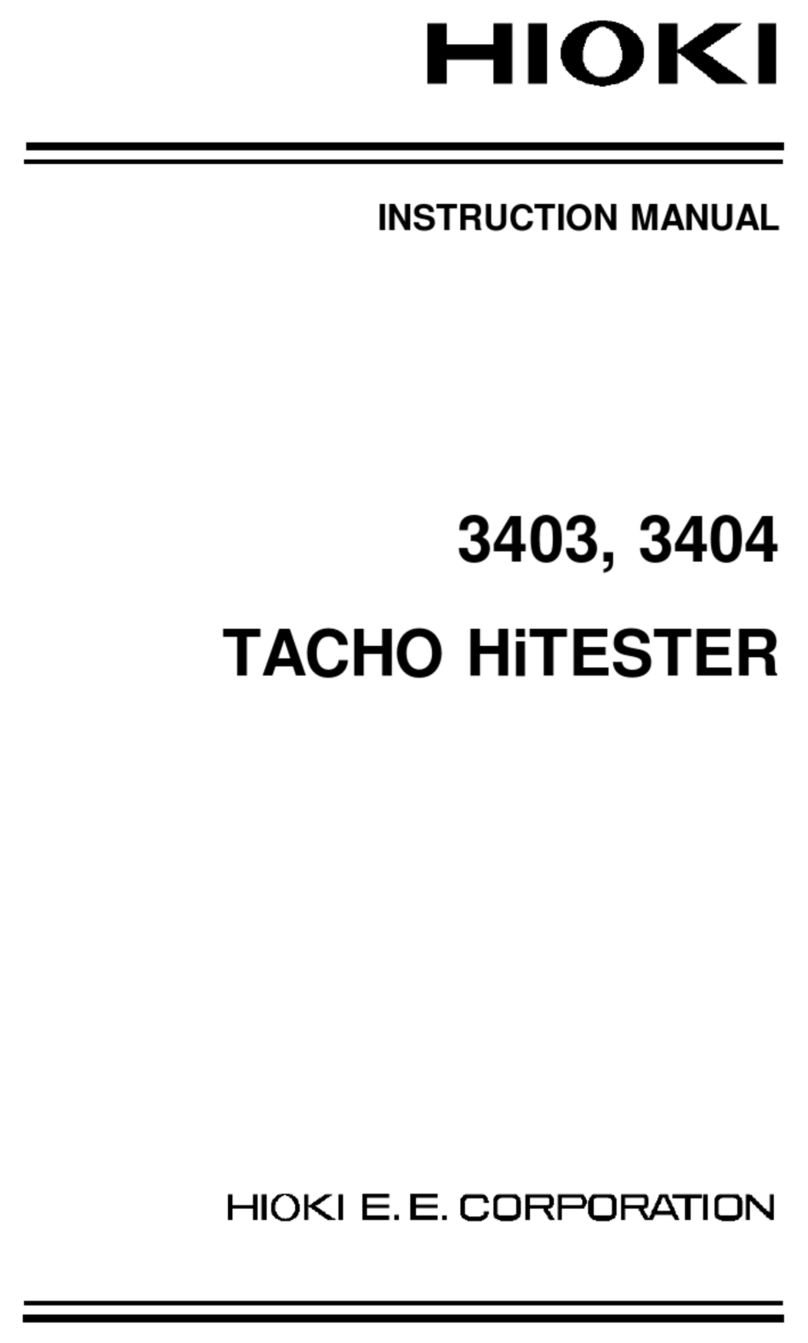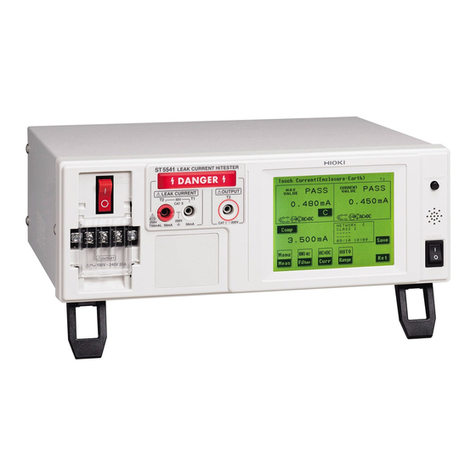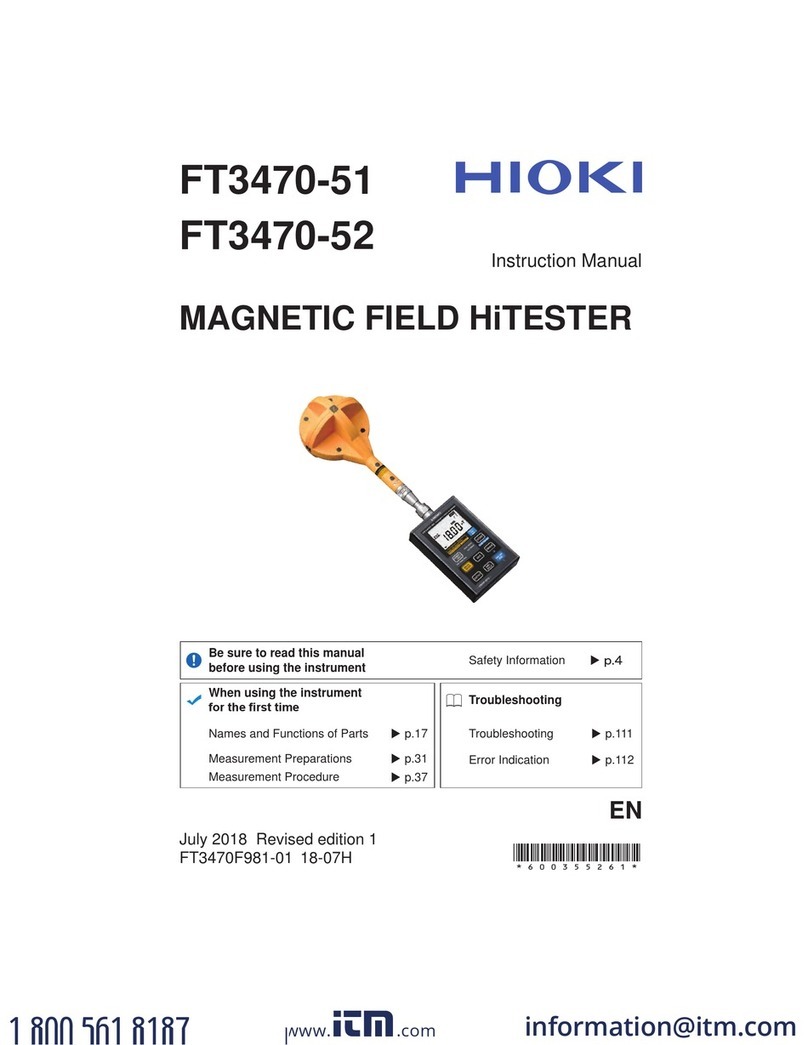
ST4030A976-01
Contents
1 Overview................................................................................................................................. 1
2 Selecting the Measurement Mode .......................................................................................... 2
3 Rise Time................................................................................................................................ 3
3.1 Waveform Graph Display .................................................................................................. 3
3.2 Setting the Rise Time Calculation Formula ....................................................................... 4
4 Waveform Trigger Position...................................................................................................... 5
4.1 Setting Waveform Trigger Positions.................................................................................. 5
5 Automatically Setting the Waveform Judgment Scope and Judgment Threshold Values........ 7
5.1 Automatically Setting the Waveform Judgment Scope...................................................... 8
5.2 Automatically Setting the Waveform Judgment Threshold Values .................................... 9
5.3 Waveform Judgment Threshold Values Formulas............................................................11
5.4 Compatibility of Automatically Configured Waveform Judgment Scope and
Judgment Threshold Values ........................................................................................... 12
6 Continuous Application ......................................................................................................... 13
6.1 Enabling Continuous Application..................................................................................... 13
7 Discharge Starting Voltage Testing (RPDIV)......................................................................... 14
7.1 Screen Configuration ...................................................................................................... 14
7.2 Starting Testing and Checking Test Results .................................................................... 15
7.3 Recorded Data Display................................................................................................... 17
7.4 Applied Voltages ............................................................................................................. 18
7.5 Number of Applied Pulses............................................................................................... 19
7.6 Sampling Frequency and Number of Sampling Data...................................................... 20
7.7 Return Conditions ........................................................................................................... 21
7.8 Rise Time ........................................................................................................................ 22
7.9 Trigger Position ............................................................................................................... 23
7.10 Discharge Starting Voltage Judgment Conditions......................................................... 24
8 Automatic Voltage Adjustment .............................................................................................. 25
8.1 Global Automatic Voltage Adjustment ............................................................................. 26
8.2 Table-specific Automatic Voltage Adjustment.................................................................. 27
8.3 Screen Display................................................................................................................ 28
9 Manual Voltage Adjustment .................................................................................................. 29
9.1 Screen Display................................................................................................................ 30
10 Degaussing Pulse/Measurement Pulse Detection Signal Output ....................................... 31
